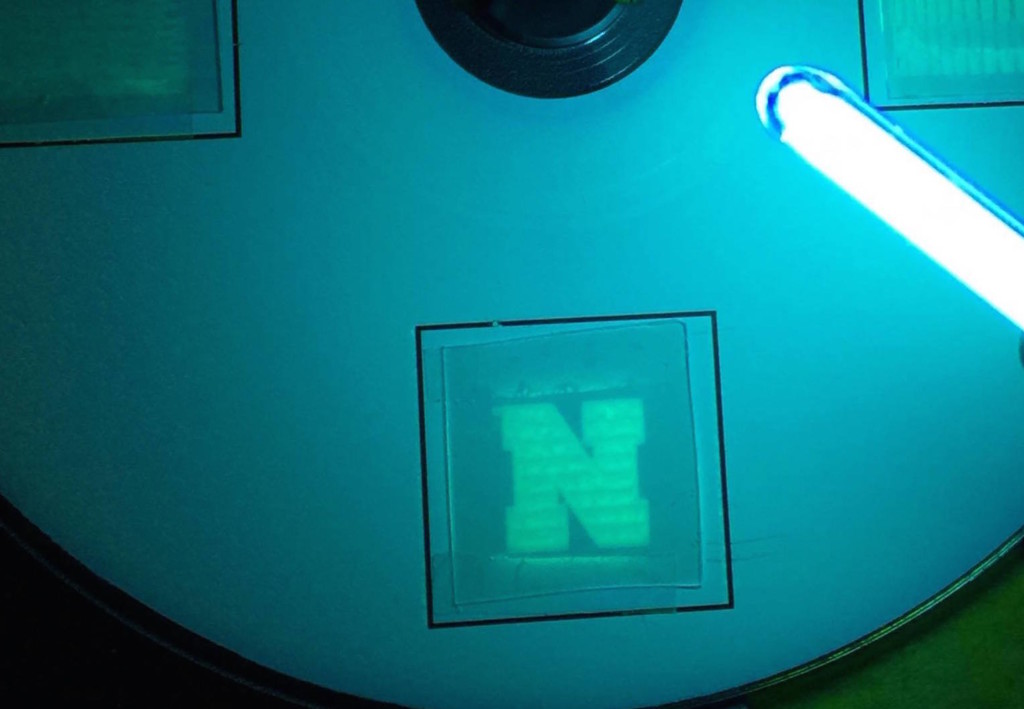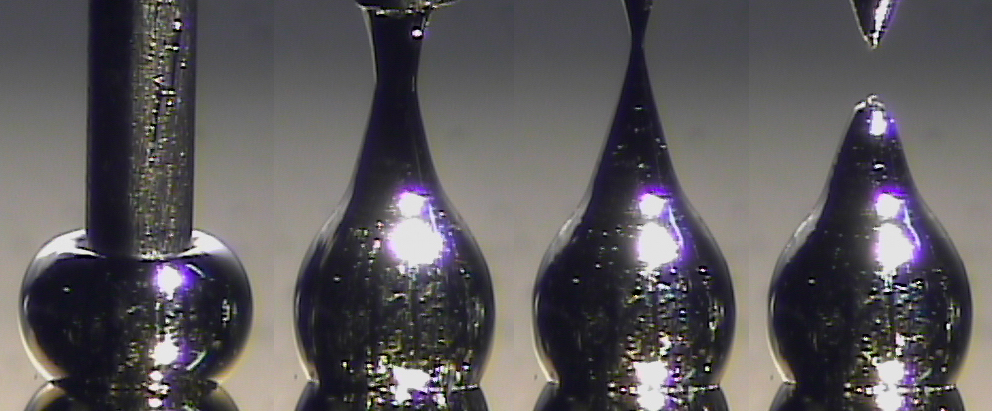FUNSIZE RESEARCH
Posts showcasing the wonder, beauty, and potential of cutting-edge materials research—freely contributed by physicists from across the country. (Funsize Physics is not responsible for any minds that are blown.)


It's a solid . . . it's a liquid . . . it's a LIQUID CRYSTAL! Researchers at the University of Wisconsin-Madison Materials Research Science and Engineering Center are investigating how the unique properties of liquid crystals allow them to act as environmental sensors, detecting toxins in the environment. In this video, we give a brief overview of what liquid crystals are and how their properties can be utilized to improve the world.


Neutron radiation detection is an important issue for the space program, satellite communications, and national defense. But since neutrons have no electric charge, they can pass through many kinds of solid objects without stopping. This makes it difficult to build devices to detect them, so we need special materials that can absorb neutrons and leave a measurable signature when they do. Researchers at the University of Nebraska-Lincoln are studying the effects of solar neutron radiation on two types of materials on the International Space Station (ISS), using detectors made of very stable compounds that contain boron-10 and lithium-6.


Welcome to the fascinating world of two-dimensional (2D) materials! Today, we're going to explore a novel 2D material created by boiling off atoms, which we guide to form large crystalline flakes that will become the filling in tiny magnetic sandwiches. Intrigued? Click to learn more!


To increase our use of solar energy, we need to create more efficient, stable, and cost-effective solar cells. What if we could use an inkjet printer to fabricate them? A new type of solar cell uses a class of materials called perovskites, which have a special crystal structure that interacts with light in a way that produces an electric voltage. We've developed a method to produce perovskite thin films using an inket printer, which in the future could pave the way to manufacture solar cells that are surprisingly simple and cheap.


There are many ways atoms can arrange microscopically to form crystalline materials. Interestingly, materials created from different arrangements of the same atoms may exhibit completely different physical and chemical properties. A method called thin film epitaxy allows scientists not only to fine-tune the properties of known materials, but also to generate completely new materials with structures and properties not found in nature.


Most electronics are made out of rigid materials like silicon, but it is possible to make wires and other electronics using entirely soft and squishy materials. By utilizing liquid metal nanoparticles, we can even draw wires by hand using light pressure from a magic marker to squish the particles together.


We think we're pretty familiar with how ordinary liquids behave, but it turns out that some of the basic things we know are no longer true when we look at these liquids on short enough length scales and fast enough time scales. The liquids start to behave more like solids, pushing back when you push on them, and slipping across solid surfaces instead of being dragged along. Click to ride the tiny-but-mighty new wave of nanofluidics!


Soap bubbles are marvelously playful. A cascade of bubbles blown into the air can send children running in circles to pop them before they hit the ground. And if you know how to look, soap bubbles are just as playful on much smaller scales, sending scientists running in circles to understand their fascinating physics. Read on to learn more!


Instead of pencil, paper, and eraser, we can use combinations of lasers and magnetic materials to write, read, and and erase information by varying the temperature and magnetic field. Here we apply our laser "pencil" to magnetic "paper" to write the letter “N” (Go Huskers!!). This technique allows us write, erase, and rewrite tiny magnetic memories like those found in your computer hard drive and other devices. Click to learn how it works!














